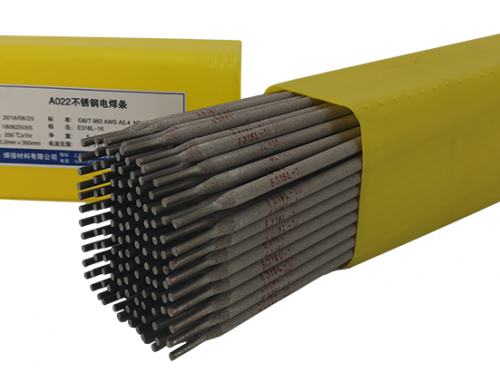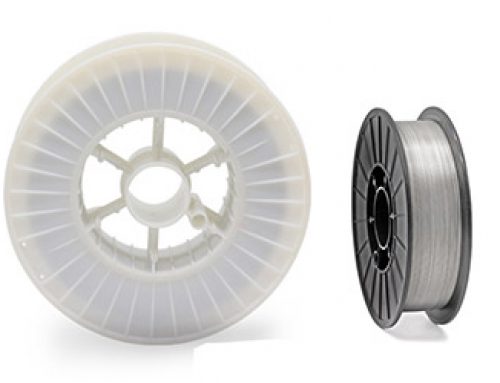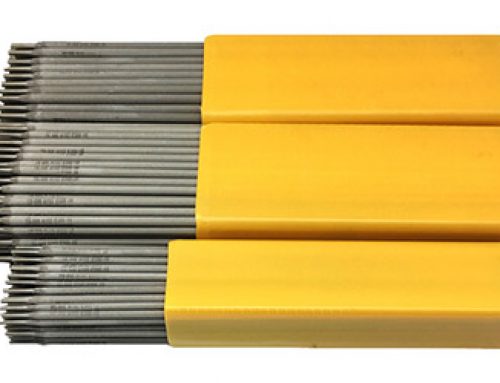There are many types of welding electrodes, each of which has certain characteristics and uses. Even the electrode of the same category reflects different application characteristics due to different coating types. In addition, the physical and chemical properties of the workpiece being welded, the conditions of the workpiece (structure shape and stiffness), and the construction conditions are different. Factors such as production efficiency and economy must also be considered, which will inevitably bring certain difficulties to the selection of the welding electrode. Therefore, it is necessary to determine some principles for the selection of electrodes. In actual work, in addition to carefully understanding the information about the composition, performance and use of various welding electrodes, it is also necessary to consider the conditions of the workpiece to be welded, the construction conditions and the welding process, and refer to the following principles to comprehensively consider them. Select the correct electrode.
① Considering the physical, mechanical properties and chemical composition of the workpiece, from the point of view of equal strength, choose an electrode that meets the requirements of mechanical properties, or combine the weldability of the base metal, and use an electrode with unequal strength and good toughness, but the welding seam needs to be changed. Structural form to meet the requirements of equal strength and stiffness. The alloy composition of the deposited metal should match or be close to the base metal. When harmful impurities such as carbon, sulfur, and phosphorus in the chemical composition of the base material are high, a welding electrode with strong crack resistance and anti-porosity should be selected, such as a low hydrogen electrode.
②Considering the working conditions and performance of the workpiece, under the conditions of dynamic and impact loads, the workpiece has higher requirements for impact toughness and plasticity in addition to ensuring tensile strength and yield strength. At this time, low hydrogen type, titanium calcium type or iron oxide type electrode should be selected. When the workpiece is working in a corrosive medium, it is necessary to distinguish the type, concentration, operating temperature and type of corrosion (general corrosion, intergranular corrosion, stress corrosion, etc.) of the medium, so as to select a suitable stainless steel electrode. When the workpiece is working under abrasion conditions, it must be distinguished between general wear or impact wear, intermetal wear or abrasive wear, wear at normal temperature or wear at high temperature, and so on. Consideration should also be given to working in corrosive media to select the appropriate surfacing electrode. For workpieces working at low or high temperature, an electrode that can guarantee the mechanical properties at low or high temperature should be selected.
③ Considering the complexity, rigidity, preparation of welding grooves, and welding positions of workpieces with complex shapes or large thicknesses, the internal stress of the weld metal during cooling and shrinking is large, which is prone to cracks. Therefore, it is necessary to use electrodes with good crack resistance, such as low hydrogen type electrodes, high toughness electrodes or iron oxide type electrodes. When the welding position cannot be reversed, you must choose an electrode that can perform all-position welding. When it is difficult to clean a welding part due to restrictions, we should consider using an acidic electrode that is highly oxidizing and insensitive to rust, scale and oil pollution, so as to avoid defects such as porosity.
④Considering welding conditions Where AC welding machines are not available, AC and DC welding electrodes should be used. Some steel types require post-weld heat treatment, but can not be post-weld heat treatment due to workpiece or equipment limitations. The chemical composition should be different from the base metal Electrode. In addition, according to the site construction conditions, such as field operations, low temperature welding can reasonably choose welding electrodes. It is also necessary to flexibly choose the applicable electrode from the aspects of improving economic benefits and welding efficiency.
⑤ Consider improving the welding process and ensuring the health of workers. Under the condition that both acid and alkaline electrodes can meet the requirements of use, in view of the high operating technology requirements and difficult construction of alkaline electrodes, acid electrodes should be used as much as possible. When welding in a closed place, low-toxicity or acidic electrodes should be used as much as possible.



